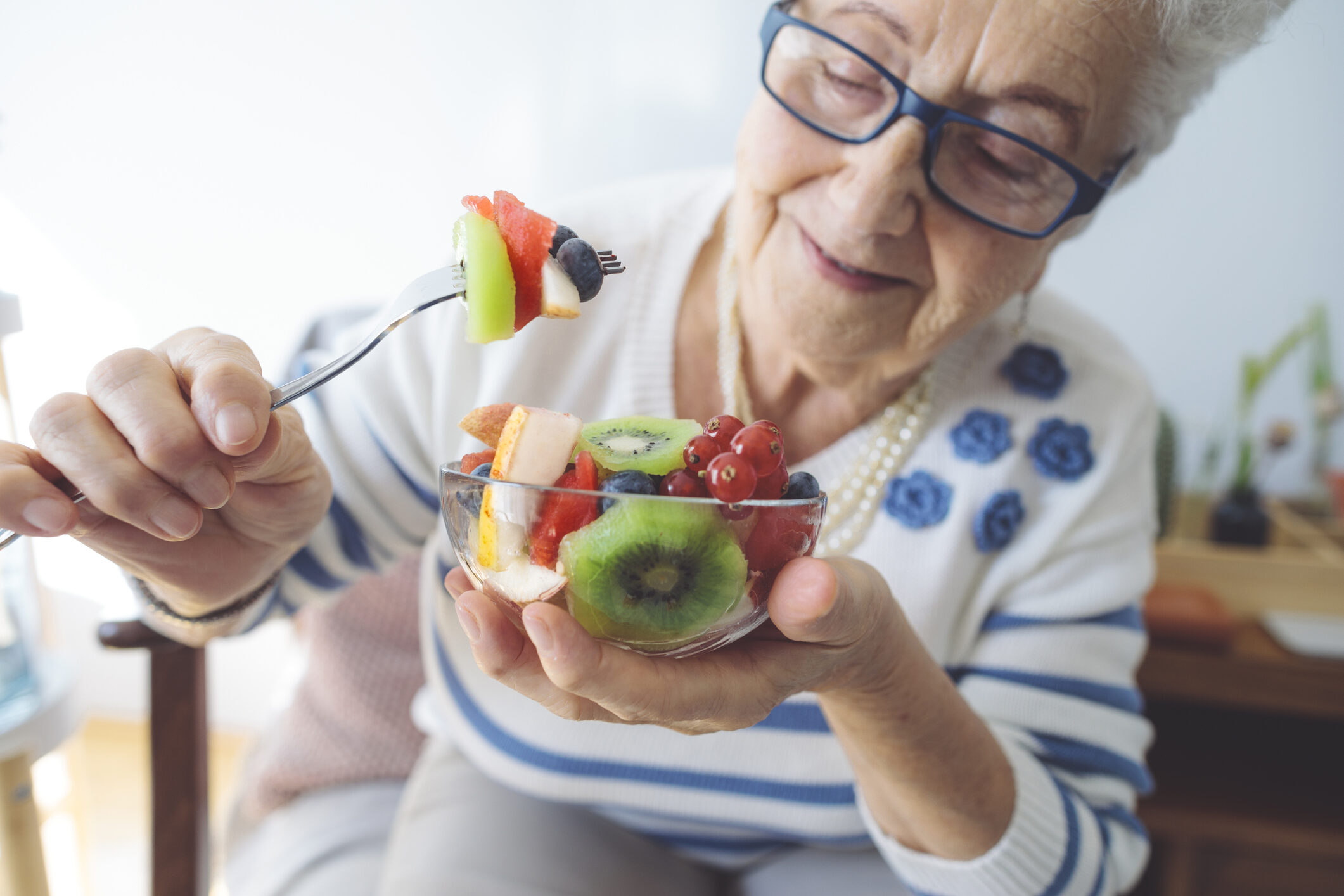5 Fun Ways to Avoid Dehydration
August 21, 2023 | Healthy Eating and Hydration

By Megan Maher, BSN, RN, Aging Life Care Manager and RN Case Manager, Windward Home Health
Age changes our bodies in many ways, but did you know it impacts your sense of thirst? Water content in the body ranges due to numerous factors: age, gender, body composition, and health conditions. Older adults (65+) generally have a lower water-to-body composition than younger adults. Even in a healthy senior, the kidneys’ ability to function as our central fluid equilibrium system decreases over time. Lastly, older adults have a reduced perception of thirst. Their brain’s ability to perceive thirst is compromised. Your body may signal you to drink up, but you do not perceive it. For those who have or care for people with memory disorders, it may be even more difficult to anticipate when someone is thirsty or dehydrated, according to an article from the Cleveland Clinic.
For older adults, women are encouraged to drink about 50 to 60 ounces of water daily, and men about 57 to 67 ounces daily. If you find yourself or a loved one struggling to drink fluids, here are five fun and easy ways to increase your water intake and improve your hydration. Make sure to discuss your hydration status with your primary care physician first, as some chronic health conditions may need to be considered.
- Find a bottle that works for you. Having water and fluids readily available is the first step to better hydration. Finding an appealing bottle will increase your usage. Ensure your bottle is BPA-free, insulated (keeps the contents cool or warm), and easy to carry. There are a wide variety of products available at many different price points. Cup holders are also available for walkers and wheelchairs to ensure safety and portability.

- Add flavor and ensure proper temperature. Many people dislike the taste of plain water. Adding flavor that is tasty but low in sugar and other additives will boost your desire to drink. Water is not the only element that contributes to hydration; adding electrolytes replenishes what is lost from the body. Ask your doctor before adding electrolytes to your water. Using fruit to flavor water is also a good option and can be cost-effective if you are buying these items to eat as well. Spiking your water with juice or coconut water with low sugar content, such as lemon, pomegranate, or berry, also has similar benefits to adding in fruit without the hassle of infusing.
- Mocktails and decaf are your friends. Caffeine is a diuretic that increases urination, thus increasing your output of fluids, which can contribute to dehydration. Limit yourself to one to two caffeinated drinks daily, and increase your intake of other fluids. Alcohol is also a diuretic and can be very dehydrating. A good rule of thumb is to have at least one 16-ounce glass of water with every 12-ounce beer or 4 to 6 ounces of liquor. An even better choice would be to enjoy a fun mocktail instead.
- Eat your water. If you are finding it hard to drink the amount of water you need to stay hydrated, consider adding foods with high water content to your diet. These include watermelon, cantaloupe, strawberries, peaches, cucumbers, and skim milk.
- Make a plan to cool off. Seniors or their caregivers must monitor the weather. The best way to prevent feeling stuck during a high heat spell is to plan. Planning outside activities for the early morning or later afternoon is an excellent way to avoid excessive heat. In San Diego County, find a Cool Zone if you do not have air conditioning. If the nearest cool zone is too far away, consider going to a coffee shop, restaurant, library, or other place that has air conditioning.
While we can’t prevent most age-related changes to our bodies that affect hydration, we can make choices to compensate. According to the National Institutes of Health, adults who stay well-hydrated are healthier overall and develop fewer chronic health conditions than those who are not. Using the tips above, you can increase your hydration safely and affordably.

